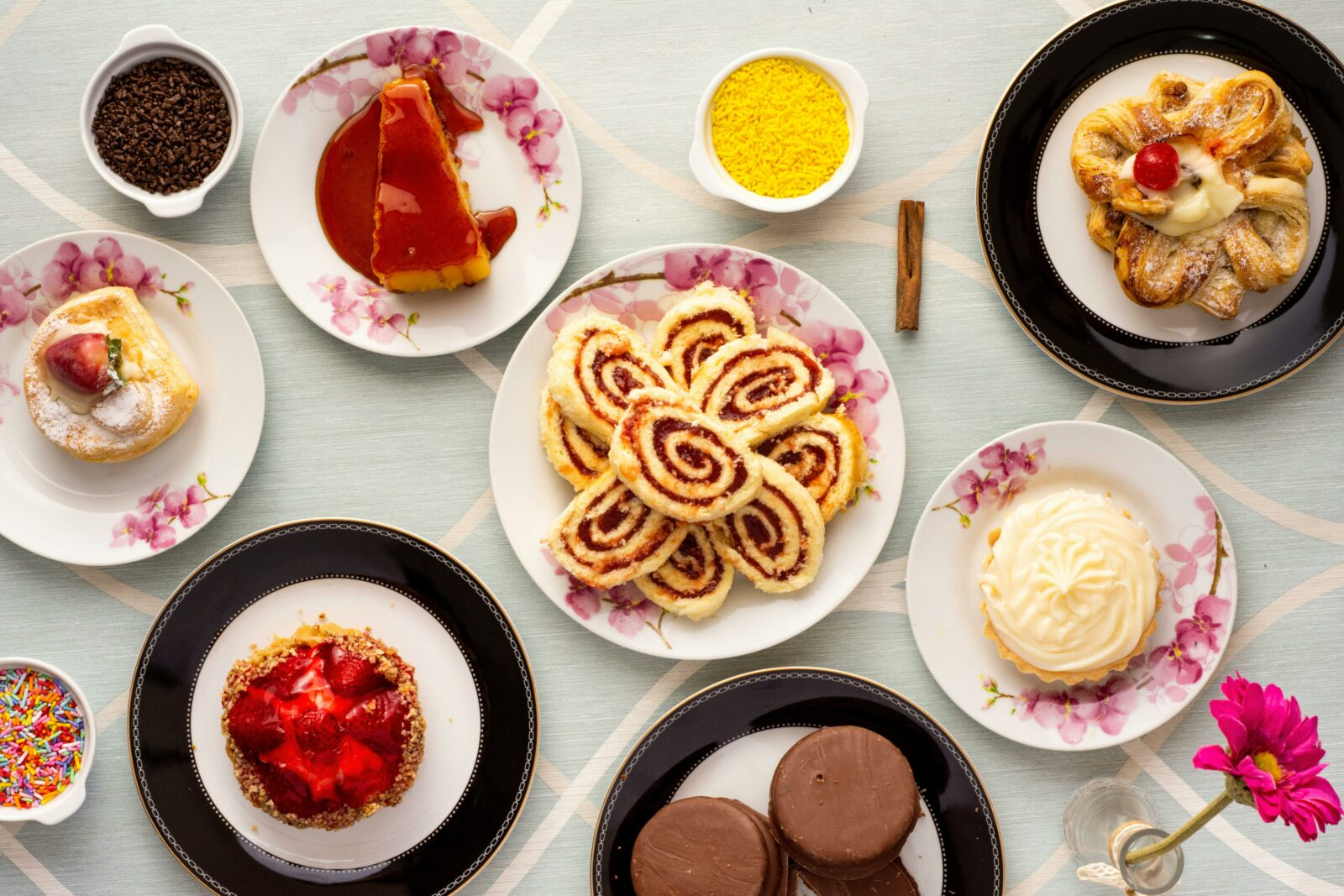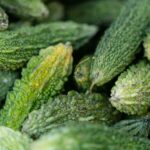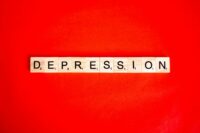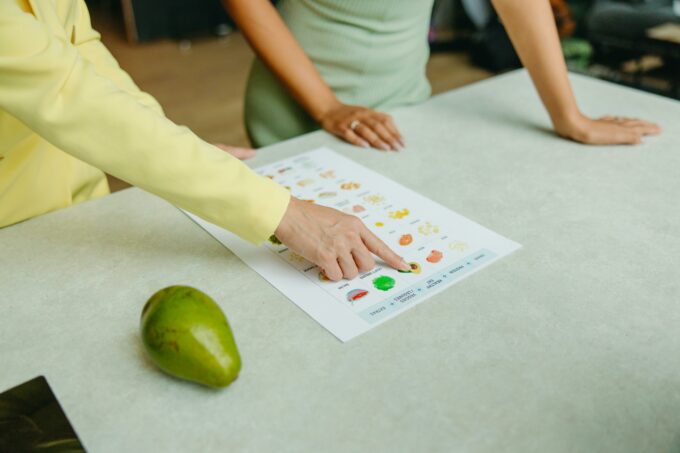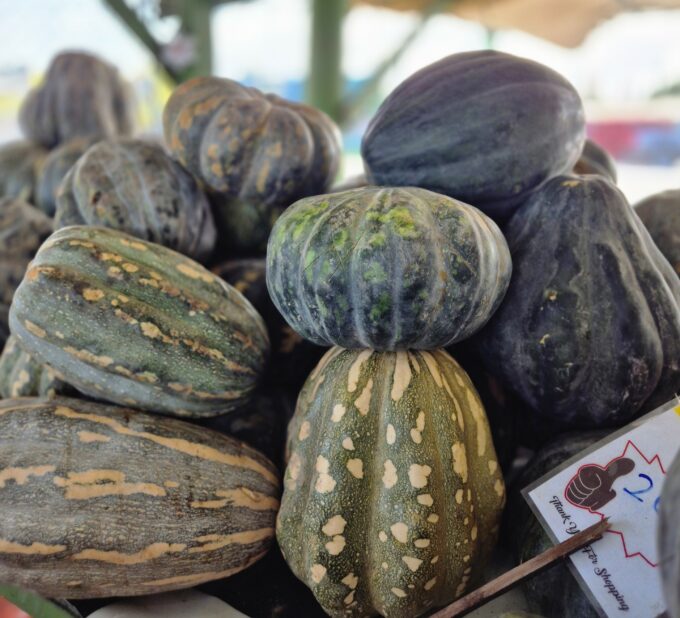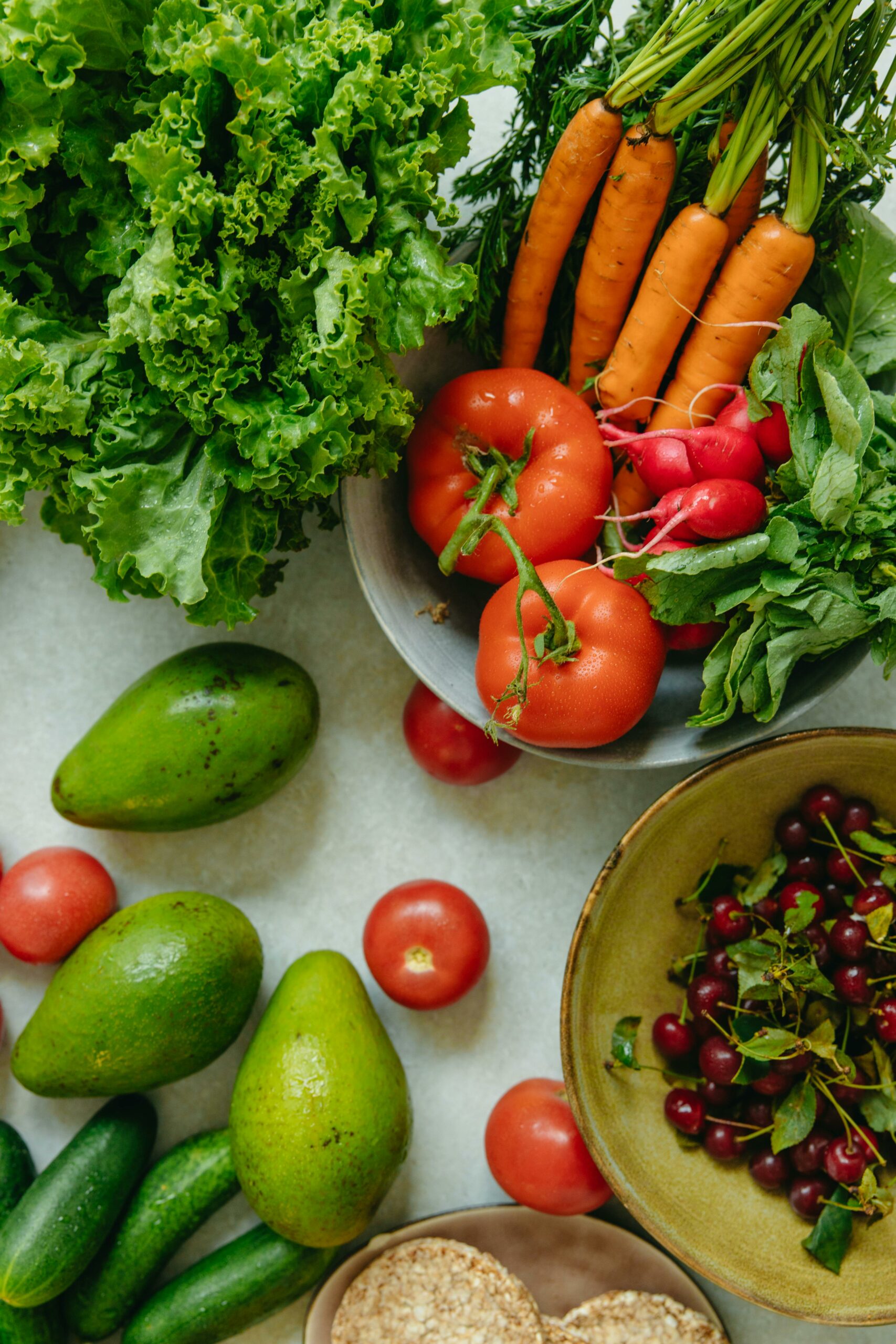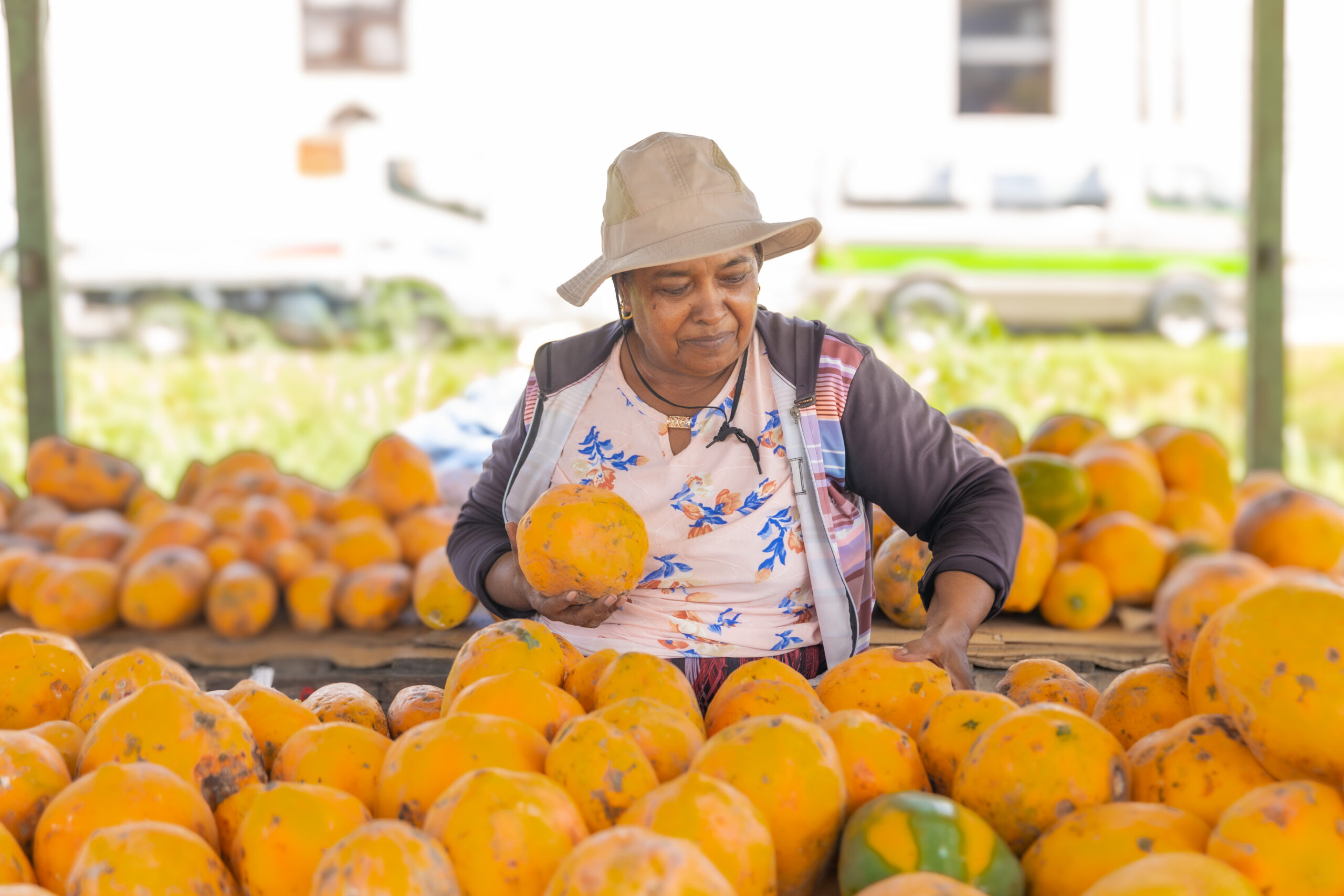Diabetes, a chronic metabolic disorder characterized by high blood sugar is a global health concern with Guyana being no exception. Genetics and environment play a role in its development. However, the influence of diet for the development, control or even reversal of the condition cannot be ignored. This article will focus on the impact of diet, and other measures that can help to “beat” or control sugar levels within the body.
Guyanese foods are rich in flavour and are influenced mainly by the different cultures that make up our country. Almost all the dishes we eat contain a disproportionate amount of carbohydrates, take for example the Chinese fried rice, cook-up or even the pot of soup, they all contain more carbohydrates than proteins and fats.
Foods such as sweet potatoes, rice, chowmein, bread, aloo, plantain, eddoes, cassava, yam, oats, flour etc when eaten are all converted to sugar by our digestive system. Given that our bodies have some difficulties to process the sugar quickly because there is either insufficient insulin or because there is too much body fat, eating lots of carbohydrates can result in poor control of sugar levels.
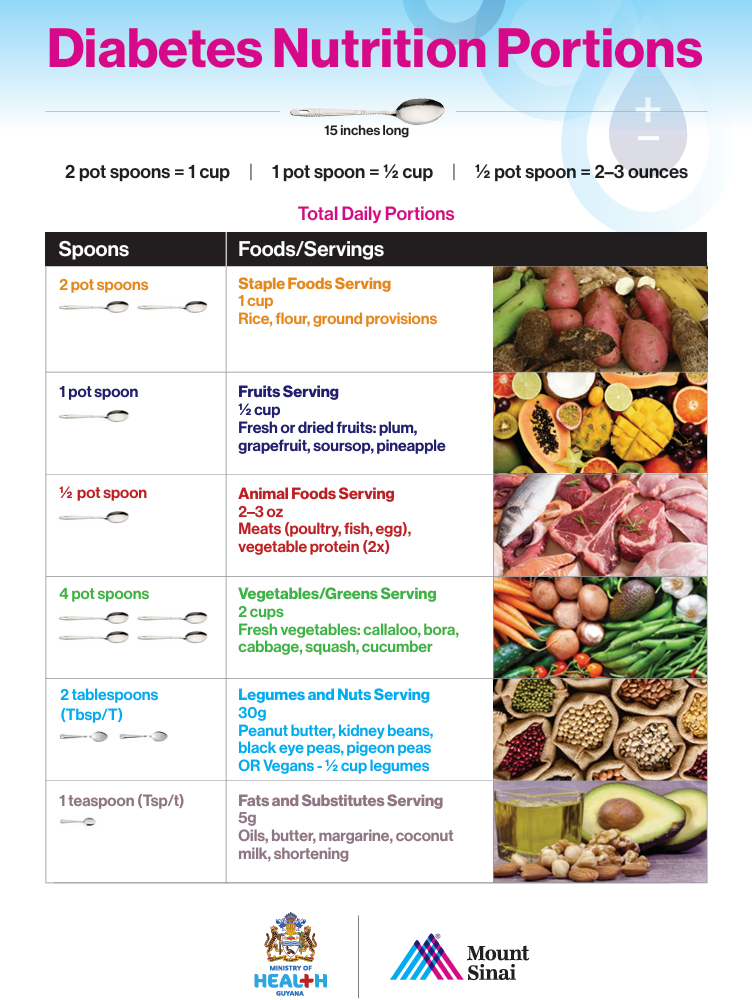
However, all is not lost since it is not just how much we eat but what we eat and how frequently we do so. Foods can be identified as good or bad for diabetes by their Glycaemic Index (GI). This is a measure of how fast a food will release the sugar it contains into our bloodstream once it is digested. This release of energy is influenced by the cooking process for example channa that is boiled soft will digest quicker than if it is boiled a little hard.
So, it is best to cook some foods a bit “let’s say just boiled” and not overboiled. This will allow for the digestive process to be a bit longer and therefore the sugar that is contained within will be released slowly which will contribute to better control of sugar levels.
Flour is one of the most widely consumed food. It is used to prepare a variety of dishes such as breads, roti, pasta, chowmein, bakes, cakes etc. I believe that this is the most troublesome food for persons who are living with diabetes for two reasons, it is is widely available and it is cheap. Flour is a highly refined grain with a low GI, meaning that when consumed, it is quickly digested and causes spikes in blood sugar. This can present an issue for the adequate management of sugar levels. For people living with diabetes, it is probably best to avoid flour completely.
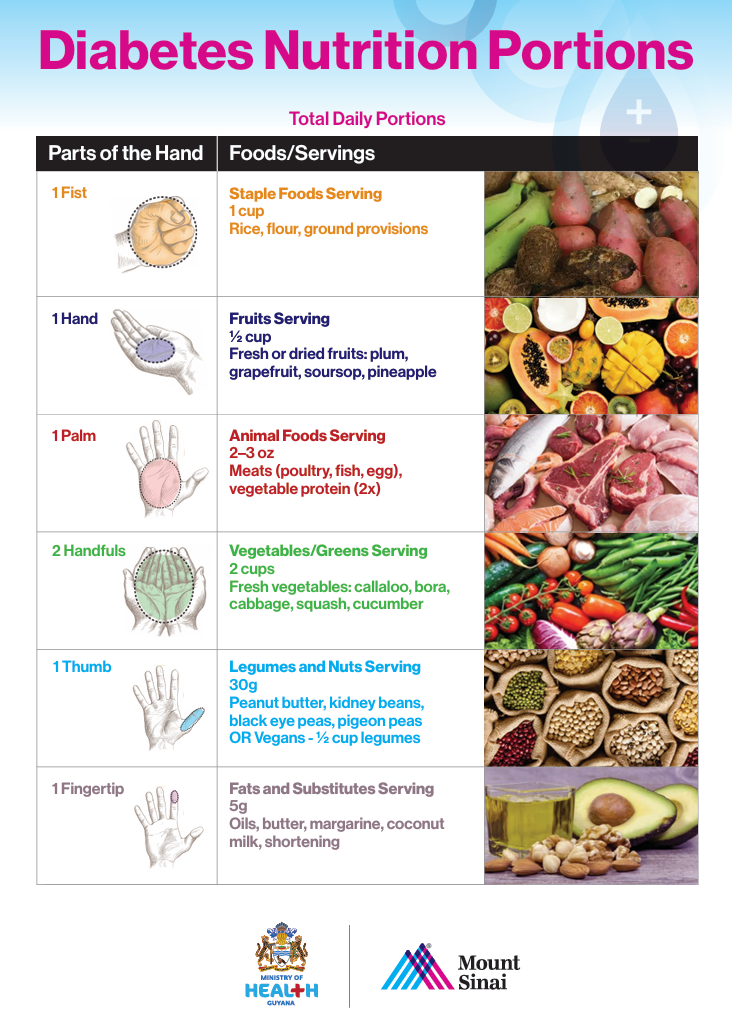
Other foods that can be consumed are foods that are very high in fibre such as black beans, cassava, breadfruit, pigeon peas, lentils etc. The high fibre content of these foods slows the digestion and absorption process and thus the sugar is released slowly into the blood. Emphasis must be placed on portion size and how it is cooked, large portions will provide a large amount of sugar even if the food has not been overcooked as in the case of cassava that is not overboiled, but a large portion is consumed.
Fruits apart from sugars contains fibre and other nutrients which are all important for good health. Our country is loaded with a variety of fruits and their selection is important for the control of diabetes.
Many persons like to blend their fruits to make smoothies and other drinks. When fruits are blended it breaks up the fibre and thus the sugars contained are more easily absorbed. Eating them whole should be the preferred way for consumption as this creates fullness and conserve the fibre structure.
Most fruits contain glucose, fructose and sucrose which are all processed differently by the body. This means that eating 200 grams of ripe mangoes, your body will receive about 8 grams of sucrose, and 6 grams each of glucose and fructose. It is important to note that sucrose and glucose are processed by the liver and can be stored as an energy reserve.
Fructose on the other hand has a different metabolic pathway and can be converted to triglyceride. If too many fruits are eaten at once the fructose is stored as fat. So once more it is all about portion size.
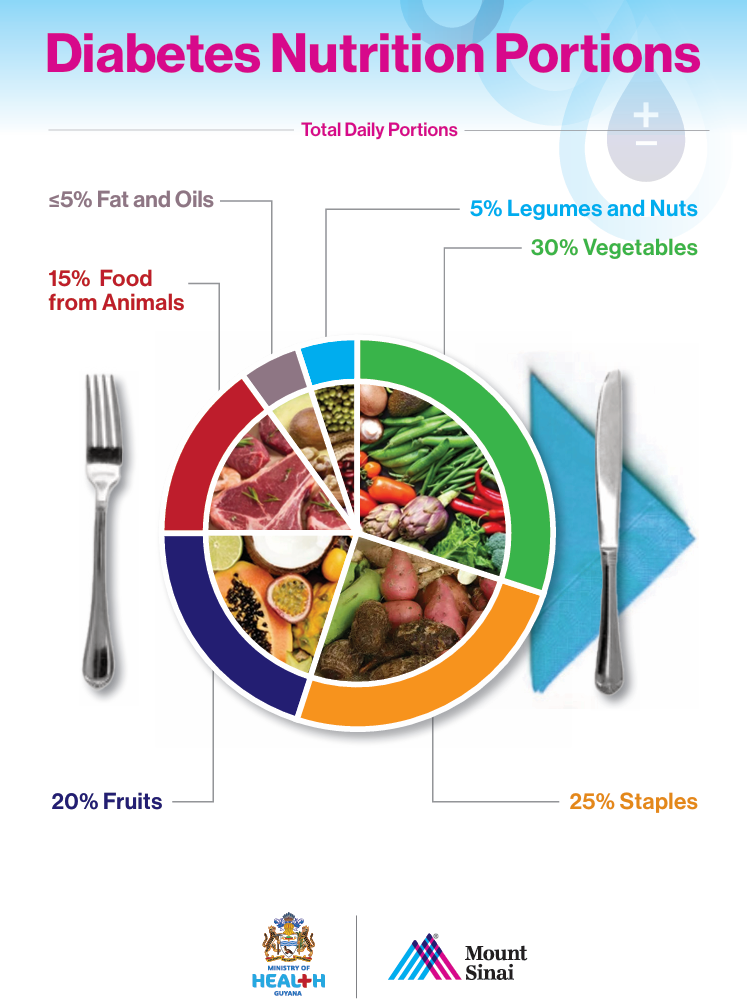
Another measure besides diet that can be adopted for the control of diabetes and weight loss is intermittent fasting. Here there is period of eating and then fasting. For example, eating at 8 am and then fasting for 12 hours before eating again. This allows for the energy consumed in the first meal to be used up. This method also allows the body to burn fat and thus can contribute to weight loss. Persons can start this method and as time progresses increase the number of fasting hours as their bodies get accustomed to it. This method might not be appropriate for everyone, but it is a valuable tool for those persons seeking to manage their blood sugar levels.
Apart from diet and fasting another approach that has proven to be effective is exercise. Most Guyanese don’t exercise period. However, it has been proven by studies that 150 minutes of moderate exercise (brisk walking, jogging, skipping, swimming etc) helps to control blood sugar levels and reduce the risk of developing type 2 diabetes.
The excuse from patients is that “I don’t get time for that, or I have enough housework to do.” Housework might be physical and appear as exercise; however, the latter must be programmed such that it increases the rate of the heart and the number of times we breathe and is executed in a sustained manner over a period, for example, 45 minutes of brisk walking three times per week. This way the body uses up stored energy and burn fats- as long as the activity is sustained over a period.
Diet is critical for the development, management and control of diabetes. In the context of Guyanese food, consumption of high GI foods like flour and cheap carbohydrates presents a challenge for individuals with diabetes or for persons at risk. However, adopting dietary strategies along with intermittent fasting and regular exercise, persons can effectively manage their condition and reduce the risk of long-term complications.

